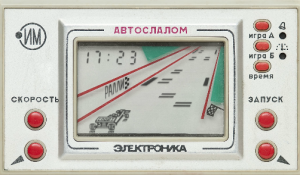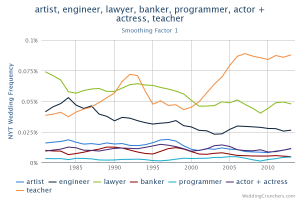The New York Times has a good story on Finding Life After Academia — and Not Feeling Bad About It. The beginning of the article goes over the usual depressing factoids like
According to a 2011 National Science Foundation survey, 35 percent of doctorate recipients — and 43 percent of those in the humanities — had no commitment for employment at the time of completion. Fewer than half of Ph.D.’s are expected to land tenure-track jobs.
The articles then shifts to moves to try to define careers beyond the tenure track job for Ph.D.’s. For example they mention Katina Rogers Humanities Unbound: Supporting Careers and Scholarship Beyond the Tenure Track (PDF). This report from the Scholarly Communication Institute concludes with,
Equipping graduate students with the skills and literacies needed for 21st century scholarly work—from technical fluency to an understanding of organizational structures—is critical to ensuring continued rigorous and creative research and other work products. Remaining wedded to outmoded systems, including a model of apprenticeship in higher education that reinforces the false assumption that professorship is the only meaningful career for humanities doctoral recipients, does a tremendous disservice to all individuals and organizations that benefit from humanistic perspectives. (p. 21)
The article also mentions a white paper from Stanford on the The Future of the Humanities Ph.D.at Stanford that argues for reduced time to completion and “Redesigning graduate curricula to prepare PhD’s for a diverse array of meaningful, socially productive and personally rewarding careers within and outside the academy.” (p. 1) Finally they mention the Praxis Network which is focused on rethinking graduate training.


